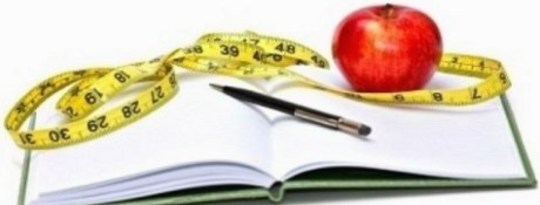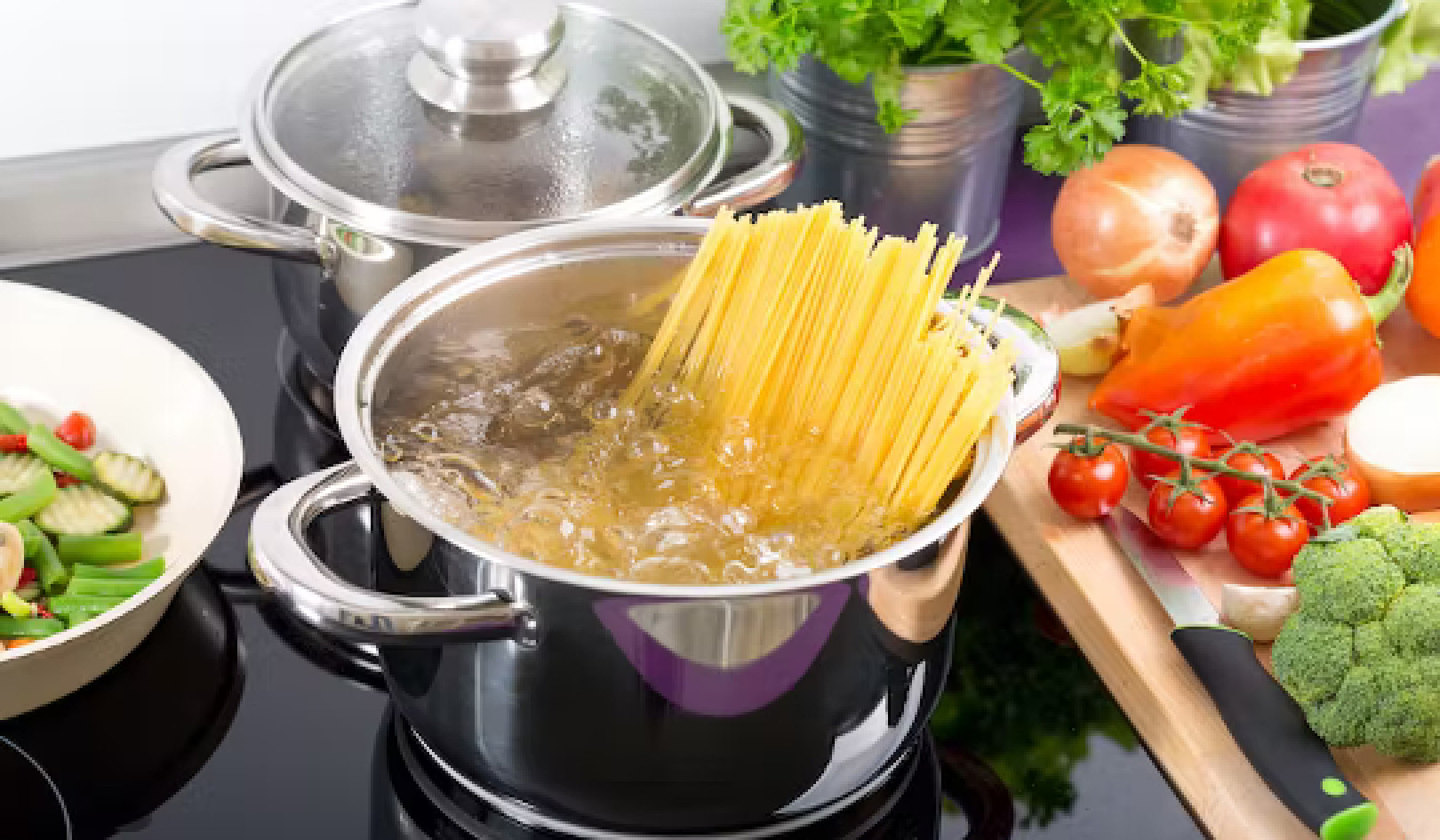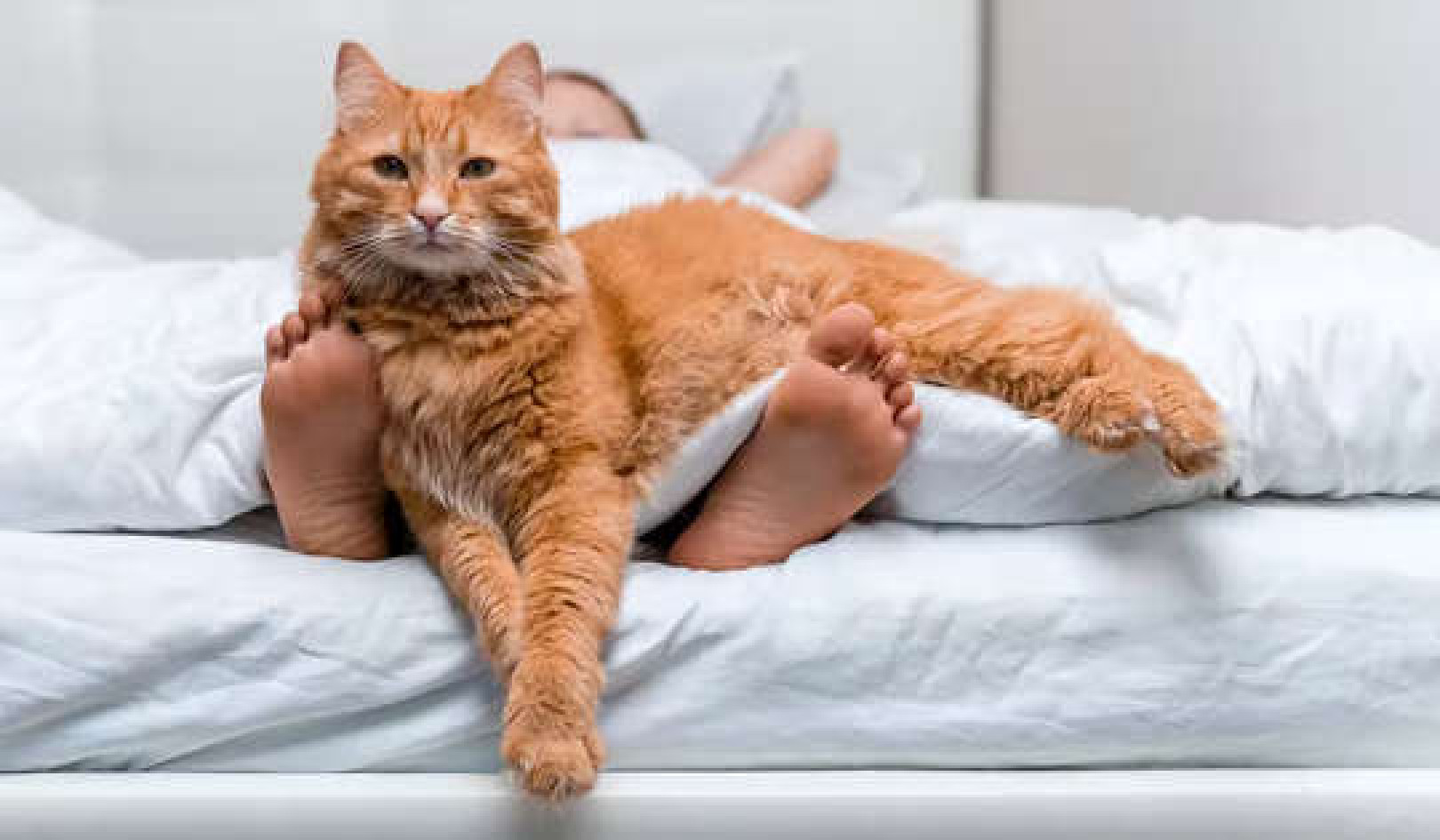
"Am I fat?"
I’ve never actually asked this question of another human being—until now.
I’m sitting in the office of Dr. Linda Bacon, a nutrition professor in the Biology Department at City College of San Francisco and author of Health at Every Size.
“Yes.”
I want to make sure I’ve heard correctly. “You just said I’m fat, right?”
She nods and says again, “Yes.”
I’m silent. I have always put myself in the chunky category, or its kinder, gentler cousin — curvy. But never fat.
A Moment of Reflection: Fat?
After a pause she asks, “What does that mean to you?”
“Well, what the f#@% does that mean to you?” I counter.
She remains calm. “Fat, you know,” and here she grabs her nonexistent belly fat, “adipose tissue. Fat.”
That’s it? “All you mean by fat is ‘adipose tissue’?”
“Yes,” she says, “that’s all I mean. But I know it’s a loaded term,” she adds.
You might say that.
You're Fat & You're Gorgeous!
She pauses, and then adds, “And regardless of any of these labels, you radiate health and vibrancy. I think you’re gorgeous,” she concludes.
I have to hand it to her; in our culture, fat and gorgeous are seldom used together in the same sentence.
Maybe she’s using the word fat clinically, but it still stings. What’s more, she’s right. And I know it.
Acceptance and/or Change
Couldn’t I just accept this? Be fat and be fine with it? It’s not that I yearn to look like a model. I’m heading toward 50 and I’ve had two children. I just know that at this point, for me, being fat doesn’t feel good. My fat shows up in lots of ways: when I walk up hills and have to take frequent rests, when I need to buy the next size pants because my current ones don’t close.
If I’m going to change, I need to see clearly. Bacon’s words may cut, but they’re helping me do that.
Changing Eating Routines: My New Practice
I’m fat. My portions are out of balance. After all my explorations of different foods and my trips outward and inward, I still eat too much.
Everything I’ve wanted in life I’ve had to practice at. Finding the right relationship with food is no different.
There’s a practice for each of us. As a cook, I’ve always preferred tossing and improvising to carefully measuring out ingredients. As a person, I’ve always felt it was my right to eat as much as I want, whenever I want. Now, my practice will be measuring my food.
Starting a New Path: Measuring Portions
This is a portion?
I’m weighing out three ounces of salmon. It’s about the size of my palm — excluding my fingers. The three ounces of salmon seems small compared to what I’m used to, but what I’m used to was too much.
I eat my wild salmon. It’s fresh, and the oily flesh is satisfying. I eat my cup of nutty brown rice along with my kale. When I’m done, I’m neither hungry nor full. I’m satisfied, and that is unfamiliar.
New Routines for Weight Loss
 My routines are changing now. When I make a salad, I take five olives out of the jar, and I add olive oil by the teaspoon instead of pouring it on. I sauté greens and top them with four ounces of grilled chicken. I take one square of chocolate, not the entire bar. I treat myself to a small piece of Acme Bread baguette with an ounce of triple-cream Cambozola cheese, not the wedge. And I still eat the most delicious yogurt in the world, from Straus Creamery, but now I have half a cup, not a heaping bowl.
My routines are changing now. When I make a salad, I take five olives out of the jar, and I add olive oil by the teaspoon instead of pouring it on. I sauté greens and top them with four ounces of grilled chicken. I take one square of chocolate, not the entire bar. I treat myself to a small piece of Acme Bread baguette with an ounce of triple-cream Cambozola cheese, not the wedge. And I still eat the most delicious yogurt in the world, from Straus Creamery, but now I have half a cup, not a heaping bowl.
Journaling Food Intake: Keeping it Honest
I not only measure my food, I also write down everything I eat. It is the only way I make sure that I don’t trick myself and that I’m accountable. Maybe one day I won’t have to measure and record, because understanding what a reasonable portion is will be second nature. But not now, and maybe not for a long time.
I'm Not On A Diet, Yet Pounds Are Melting
I pay attention to words, because words have power. I don’t say I’m on a diet; rather, I think of measuring as a practice. Practice is what you do every day to achieve what you desire.
Measuring, by its nature, requires me to pay attention to every portion. Measuring forms a container for my longings and boundaries for my lust. Without boundaries, I cannot find balance. Without limits, I cannot hope to be free.
Weeks, then months pass. I lose weight—5 pounds, 10 pounds, then 20, then more. I start buying clothes one size smaller, then another size smaller.
Dealing with Issues behind the Weight Buffer
I weigh less, but I am still left with myself. Weight can obscure many things, including lust, sadness, loneliness, anxiety, and anger. As I lose weight and my buffer loosens, I am forced to grapple with these states more directly. I practice patience — it takes the body and the mind time to learn to move through the world in a different way.
In our culture, the number on the scale enforces a cruel hierarchy. Weight separates the worthy from the unworthy. But the truth is, it’s difficult to be in a body, period. Witnessing this in myself and in others, I’ve begun to see through the delusion so many of us share — that when we reach a particular weight, we will automatically be happy.
Emotional Practice: Letting Go of Old Patterns
So I’m taking the long view. I have no goal for my weight. I spent so many years out of balance that it’s hubris to believe achieving a number will mean I’ve found it. I am curvy by design and I praise that! I’m not trying to look like anyone else; I’m trying to become more myself.
I’m in the process of letting go of old patterns, with new ones starting to emerge. I’m not sure where I’ll land. But I keep measuring my food, and slowly, I’m waking up, meeting myself as I am, not who I wish I was.
I do my practice. I keep showing up.
This article was reprinted with permission
of the publisher, Hay House Inc.
©2011. www.hayhouse.com
This article was excerpted with permission from the book:
 Ravenous: A Food Lover's Journey from Obsession to Freedom
Ravenous: A Food Lover's Journey from Obsession to Freedom
by Dayna Macy.
Far more than a book about how to lose weight, Ravenous offers comfort and understanding for those who are also struggling or hoping to mend one of the most important of life's relationships - to the food we eat.
Click here for more info or to order this book.
 About the Author
About the Author
Dayna Macy’s essays have appeared in Self, Salon.com, Yoga Journal, and other publications, as well as several anthologies. For the last decade she has worked at Yoga Journal as communications director, and she is now also the managing editor for international editions. She lives in Berkeley, California, with her husband, the writer Scott Rosenberg, and their two sons. Website: www.daynamacy.com
























